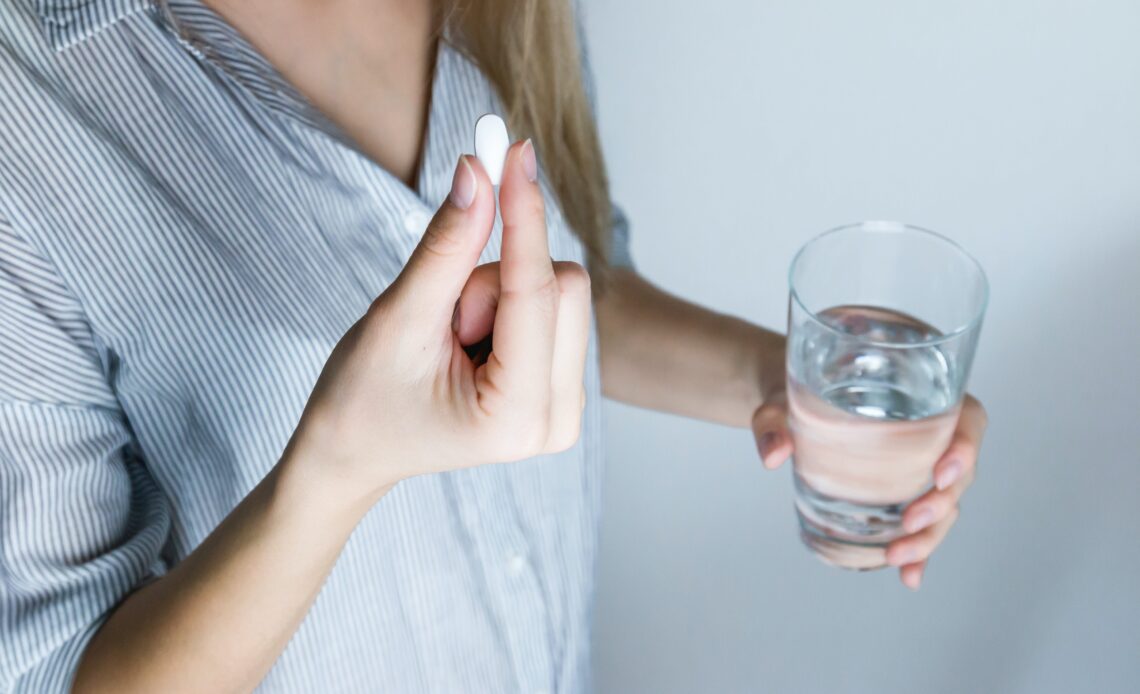
Joint inflammation and injury is an issue that affects millions of people worldwide. As we age, wear and tear on our joints can lead to pain, stiffness, and loss of mobility. While over-the-counter pain medications can provide temporary relief, they do little to address the underlying causes of joint problems.
However, new research shows that natural peptide compounds may offer a solution. Peptides are short chains of amino acids that act as signaling molecules in the body. Two peptides in particular – BPC-157 and TB-500 – have shown promise for treating joint inflammation and promoting healing after injury.
What Causes Joint Inflammation?
Joint inflammation has a variety of causes including:
- Osteoarthritis – wear and tear damage to joint cartilage and underlying bone
- Rheumatoid arthritis – autoimmune disorder that attacks joint tissue
- Injuries – sprains, fractures, dislocations that damage joints
- Overuse – repetitive motions that place excessive stress on joints
When joints become inflamed, the normally smooth cartilage becomes pitted and cracked. Inflammation of the joint lining (synovium) causes fluid buildup leading to swelling, redness and pain. Inflamed joints also release inflammatory chemicals and enzymes that break down cartilage, causing further damage.
Benefits of BPC-157 for Joints
BPC-157 is a peptide made up of 15 amino acids. It is a partial sequence of a protein found naturally in stomach juice. Though not fully understood, BPC-157 appears to help heal damage in various tissues throughout the body.
Research indicates BPC-157 may help heal joint injury and reduce inflammation through several mechanisms:
- Increases Blood Flow – Boosts local circulation around damaged joints to speed delivery of nutrients, removal of waste, and migration of repair cells.
- Reduces Inflammation – Lowers levels of inflammatory substances like IL-6, TNF-alpha, and CRP. Lessens inflammatory cell activity.
- Supports Cartilage and Synovium Repair – Stimulates regeneration of cartilage and synovial fluid-producing cells. Prevents cartilage breakdown.
- Protects Joint Tissue – Its protective effects help prevent further degeneration of joints.
Multiple studies in both animals and humans show marked improvement in joint damage and arthritis symptoms with BPC-157 supplementation. Participants report significantly less pain, better mobility and function, and lower need for conventional meds.
How TB-500 Helps Heal Joints
TB-500, or Thymosin Beta-4, is also a promising peptide for joints. It is a naturally occurring cell signaling protein involved in wound healing. TB-500 has extraordinary injury recovery properties including:
- Stimulates Cell Migration – Attracts repair cells like fibroblasts and macrophages to the site of injury.
- Promotes Angiogenesis – Supports growth and repair of blood vessels to improve circulation.
- Reduces Inflammation – Lowers inflammatory cytokines, immune cell activity, swelling, and pain.
- Enhances Collagen Deposition – Increases production of collagen to strengthen connective tissue.
- Induces Cell Differentiation – Triggers mature cell types like fibroblasts to multiply and lay down new tissue.
Research shows TB-500 strongly supports repair of both soft tissue and bone. In animal studies, TB-500 healed torn ligaments, tendons, and muscles at an accelerated rate. Human trials found similar healing action on tendon injuries like tennis elbow.
Though more research is needed, TB-500 shows promise for resolving joint inflammation and rebuilding damaged cartilage, tendons, and ligaments.
Choosing Peptides for Joint Health
When using peptides BPC-157 and TB-500 for joint problems, there are some factors to consider:
- Administration – Both are injected subcutaneously or into the injured area. Oral peptides have low absorption.
- Dosing – Studies show positive results using 5-10 mg daily of BPC-157 split into multiple doses. TB-500 effective at 2.5-5mg per week.
- Cycle Length – Run each peptide for 4-6 weeks to see optimal joint healing benefits. They can be cycled back-to-back.
- Side Effects – At proper dosing, peptides have minimal side effects. Occasional injection site irritation or discomfort may occur.
- Caution – Though generally safe, those with chronic health conditions or on medications should consult a doctor before using peptides.
The Future of Peptides
Peptides like BPC-157 and TB-500 represent an exciting new avenue for treating joint inflammation. They provide a potentially safe, natural alternative to medications like NSAIDs that can have harsh side effects.
While more research is still needed, current findings show peptides offer tremendous promise for healing joint damage, rebuilding connective tissue, easing arthritis, and restoring mobility. As peptide therapy gains mainstream acceptance, we may see revolutionary changes in how joint disorders are treated.




